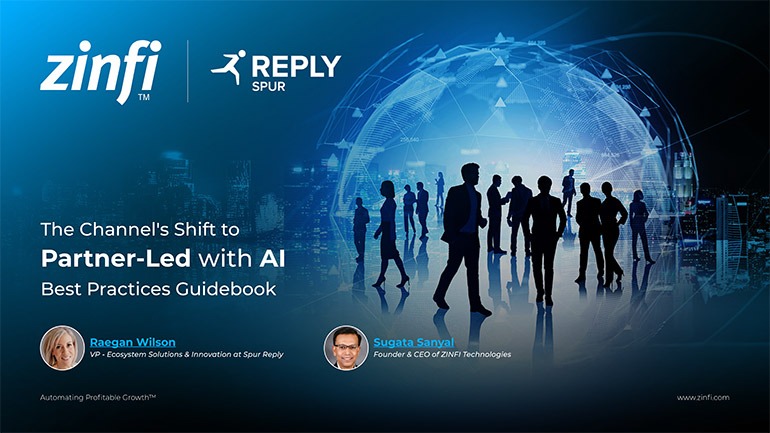Best Practices Articles

Mid-Market Channel Strategy: Building Scalable Growth Through Smarter Partner Marketing
Mid-market companies operate in one of the most challenging growth segments in business. They compete with fast-moving startups and global incumbents but often lack the expansive budgets, internal teams, and international presence that larger competitors enjoy. Despite this, mid-market firms hold a unique competitive advantage: agility. Their size allows them to pivot quickly, adopt new technologies early, and build meaningful relationships with partners. And no function benefits more from this agility than partner marketing.
In a world defined by buyer fragmentation and digital noise, partner marketing has become essential to create awareness and drive a measurable pipeline. The partner channel is not an auxiliary sales route for mid-sized vendors and service providers. When designed correctly, it is a strategic growth engine that can deliver scale, vertical reach, and long-term customer stickiness.
The traditional model of managing partners through static portals and rigid tiering has collapsed. Instead, mid-market leaders must build channel programs focused on enablement, collaboration, and shared accountability. Whether working with resellers, MSPs, ISVs, or co-sell cloud partners, brands must take a tailored, proactive approach to driving demand, supporting sales cycles, and helping partners build their credibility in the market.
This requires more than digital brochures and playbooks. It demands dynamic campaigns, intelligent tools, and guided co-marketing strategies that match the pace and capability of diverse partners. As necessary, it requires internal alignment—between sales, marketing, operations, and partner management teams—to support agile, insight-driven execution.
This article outlines how mid-market companies can scale intelligently through more innovative partner marketing. We’ll cover five key imperatives: focused partner recruitment and onboarding, scalable enablement systems, ROI-driven MDF investment, marketplace alignment, and the adoption of AI and intent data for precision targeting. Together, these pillars build a blueprint for sustained channel success in the mid-market—without requiring the infrastructure of a Fortune 500 enterprise.
1. Recruit and Onboard with Intentional Focus
Successful partner marketing begins by choosing the right partners—not the most partners. Strategic partner recruitment can make or break program effectiveness for mid-market companies with limited headcount and budget. Recruiting broadly without clarity stretches internal resources, frustrates misaligned partners, and dilutes go-to-market impact.
Innovative brands define their ideal partner profiles clearly. They analyze which partner types thrive in their target markets, which service models align with their solutions, and which firms possess complementary vertical expertise.
Once brands identify the right partners, they accelerate onboarding through structured programs. These onboarding paths should guide partners from signed agreements to their first campaign or sale within 30–60 days.
The onboarding experience must integrate partner marketing from day one. Rather than positioning marketing support as an afterthought, innovative programs introduce new partners to co-branded templates, demand generation options, and training on digital tactics immediately.
Digitally savvy mid-market vendors offer on-demand onboarding via intuitive portals. They create modular paths for partner types—resellers, MSPs, and tech integrators—with role-based access to relevant materials.
High-touch support remains critical, especially in the early onboarding stages. Virtual kickoff calls, onboarding workshops, or regional partner meetups humanize the experience and build relationships.
An early co-marketing win often solidifies long-term engagement. A successful webinar, joint press release, or first customer win helps partners see the value of partner marketing and motivates them to invest more in the relationship.
2. Scale Enablement with Smart Content and Systems
Most mid-market marketing teams face an inherent contradiction: they must enable dozens—or hundreds—of partners while operating with lean resources. This makes scalable partner marketing enablement a necessity, not a luxury.
Brands achieve this by developing modular campaign kits. These kits include everything partners need to launch, including customizable emails, landing pages, call scripts, banners, and organic and paid social assets.
Enablement only works when partners understand how to use the materials. Mid-market vendors support each kit with brief guides that explain target personas, use-case messaging, and campaign sequencing.
To deliver these assets at scale, vendors build intuitive partner portals. These portals offer search, filtering, and asset previews, making content easy to find and deploy.
Innovative partner marketing programs also embed lightweight learning resources. Short videos walk partners through campaign setup, digital marketing tactics, and product positioning.
The best programs reinforce learning with recognition. Vendors acknowledge top performers through newsletters, leaderboard badges, or spotlight features.
Partnership leaders also use enablement data to improve their content strategy. They track asset downloads, partner logins, campaign activations, and lead conversions.
Scalable enablement builds the foundation for long-term success. Partners who feel equipped to market confidently and independently become self-sufficient contributors to the pipeline.
3. Treat MDF as Strategic Growth Capital
Marketing development funds represent a potent—but often misused—lever in partner marketing. MDF should not operate as a generic budget allocation in the mid-market, where every dollar counts.
The best MDF programs in the mid-market reject legacy accrual models. Instead of setting fixed budgets tied to sales figures, these programs allocate funding through agile proposals.
Mid-market brands also embrace pooled MDF. In this model, multiple partners combine small awards to co-host regional roadshows, customer roundtables, or joint digital campaigns.
Execution remains a critical barrier. Many partners have strong ideas but limited execution capacity. Brands solve this by offering pre-approved agencies, shared creative resources, or direct concierge services.
Brands that prioritize digital campaigns over physical events extract more measurable insights from MDF. These formats allow for clean attribution and campaign optimization.
Post-campaign reporting closes the loop. Vendors require short recaps highlighting execution steps, leads generated, and observed performance.
Over time, this turns MDF into a learning engine. Brands discover their most innovative partners, high-performing programs, and high-leverage investments.
4. Integrate Marketplace Strategy with Partner Execution
Marketplace channels are no longer just for procurement—they have become strategic platforms for visibility, validation, and demand generation.
Listing a product on AWS Marketplace or Azure Commercial Marketplace represents more than access to transacting customers. It allows brands to co-sell with hyperscalers and gain visibility through cloud sales teams.
However, listing alone does not drive traffic or engagement. Mid-market brands that succeed treat their listings like standalone campaigns.
Partner collaboration enhances marketplace performance. Vendors identify already-listed partners and build co-sell bundles or marketplace-native offers that showcase the ecosystem.
Brands also build field enablement around their listings. They train internal reps and partners on positioning the marketplace listing during sales cycles.
Hyperscaler alignment matters. Brands that invest time to meet listing requirements for co-sell eligibility, certification levels, or incentive tiers gain visibility.
Operational ownership of the marketplace function ensures consistency. Brands assign marketplace leads who maintain listings and coordinate co-marketing.
5. Use AI and Intent Data to Target and Personalize
In modern partner marketing, relevance beats reach. AI and intent data give mid-market brands the tools to deliver the right message to the right prospect through the right partner—at the right time.
Intent data reveals buyer behavior before direct engagement. Vendors analyze content consumption, keyword searches, and anonymous research patterns.
AI enhances this process through automation. Vendors use AI to suggest subject lines, recommend asset pairings, or forecast open rates.
More innovative partner portals integrate this intelligence into the partner experience.
Predictive analytics deepen partner coaching. Vendors identify who’s likely to complete certifications and who’s disengaged.
AI also supports internal operations. Mid-market marketers reduce manual effort using AI for asset tagging, engagement scoring, and pipeline forecasting.
Importantly, AI and data insights build trust. When partners see that vendor recommendations consistently help them win deals, their engagement and loyalty rise.
Conclusion
Partner marketers seize a strategic growth opportunity in the mid-market, where every dollar and decision matters. When they execute well, they expand brand reach, refine the value proposition, and cultivate a vibrant partner community that sells, supports, and champions their solutions.
More innovative partner recruitment ensures alignment. Strategic onboarding accelerates time to value. Modular enablement allows partners to act independently while preserving brand integrity. Flexible MDF strategies amplify high-potential partners and support campaign diversity. Marketplace engagement enhances visibility and trust in buyer decision cycles. And AI and intent data give partner programs a predictive edge—turning insight into action.
This high-performance partner marketing does not require an enterprise headcount or enterprise spending. It requires clarity, focus, and the willingness to meet partners where they are. It demands systems that scale, programs that adapt, and leaders who see the partnership as a core growth driver—not just a sales channel.
In a time when ecosystems grow more critical and traditional sales motions lose impact, mid-market brands that invest in scalable, strategic partner marketing will build a defensible advantage. They will outmaneuver competitors not by outspending them—but by outfocusing them.
Their partners will sell more, stay longer, and speak louder.
That is the power of more innovative partnerships—and the path to scalable growth in the modern mid-market.
Best Practices Guidebook
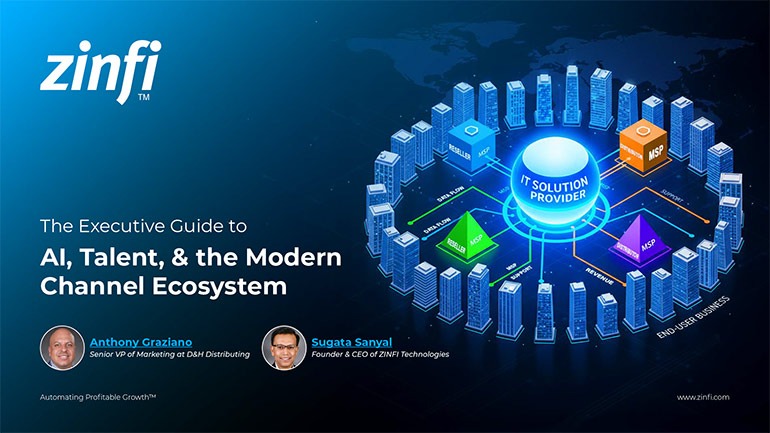 Modernizing Channel Marketing: AI and Ecosystem Enablement Best Practices
Modernizing Channel Marketing: AI and Ecosystem Enablement Best PracticesDownload for FREE
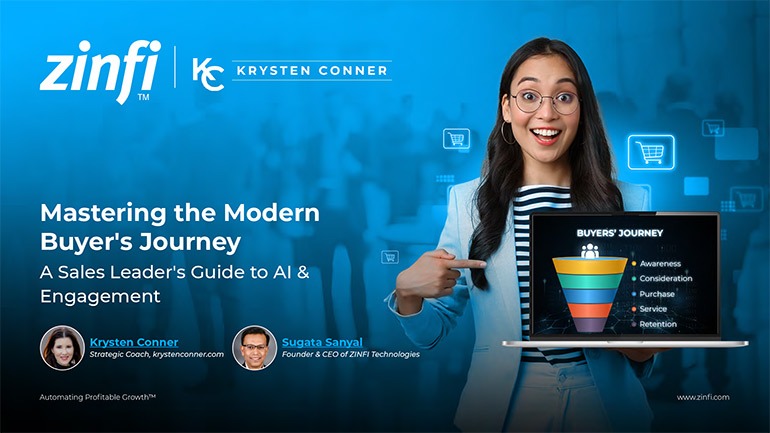 The Channel’s Shift to Partner-Led With AI Best Practices
The Channel’s Shift to Partner-Led With AI Best PracticesDownload for FREE
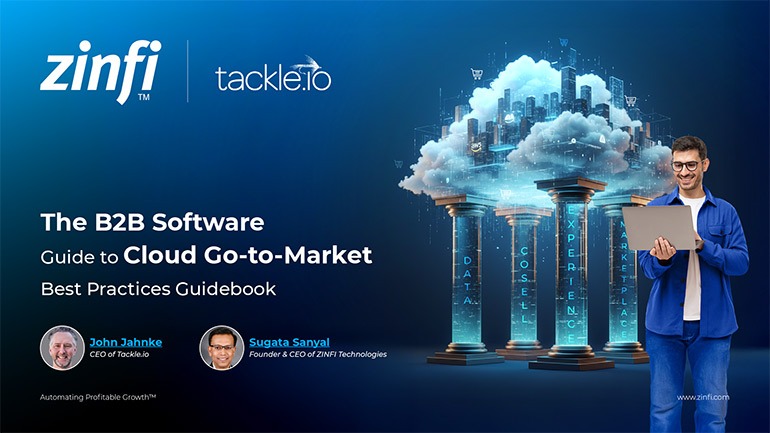 Hyperscalers, ISVs, and AI: Shaping the Future of B2B Software Distribution
Hyperscalers, ISVs, and AI: Shaping the Future of B2B Software DistributionDownload for FREE
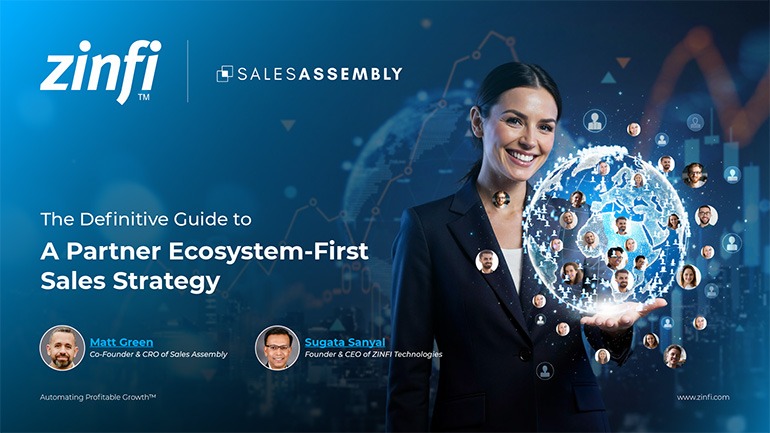 Definitive Guide to a Partner Ecosystem-First Sales Strategy
Definitive Guide to a Partner Ecosystem-First Sales StrategyDownload for FREE
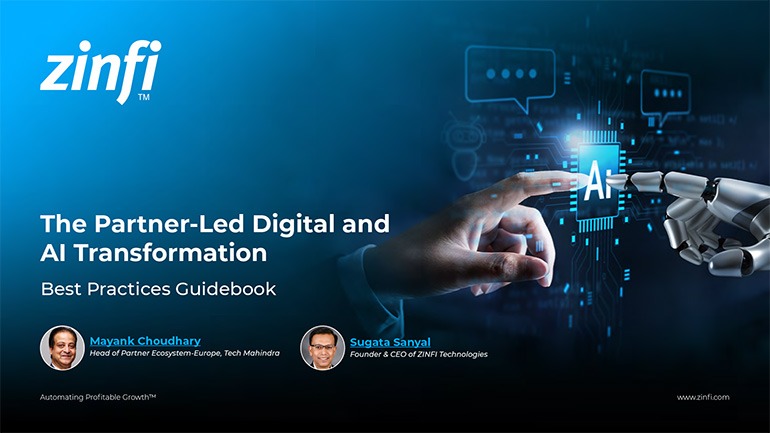 The Partner-Led Digital and AI Transformation Best Practices
The Partner-Led Digital and AI Transformation Best PracticesDownload for FREE
 Startup Talent Recruitment: Hiring Missionaries, Not Mercenaries
Startup Talent Recruitment: Hiring Missionaries, Not MercenariesDownload for FREE
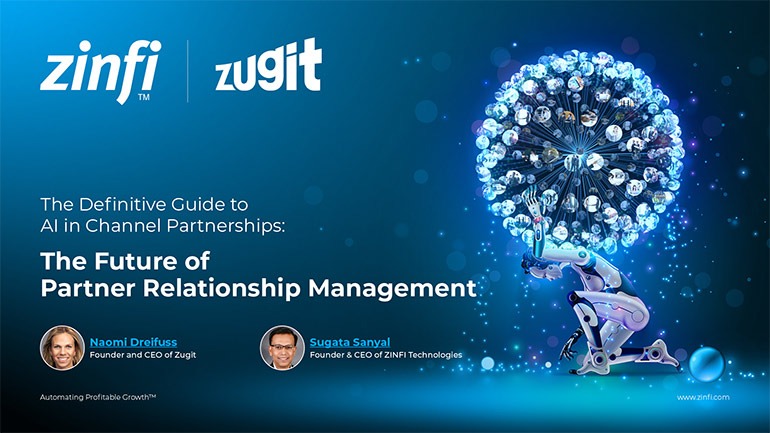 The Future of Partner Relationship Management with AI in Partnerships
The Future of Partner Relationship Management with AI in PartnershipsDownload for FREE
 Cybersecurity for the 99%: Strategies from the Frontline
Cybersecurity for the 99%: Strategies from the FrontlineDownload for FREE
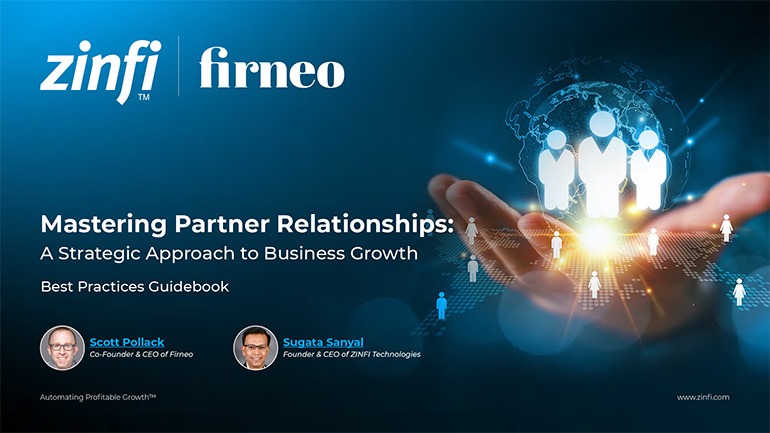 Mastering Partner Relationships: A Strategic Approach to Business Growth
Mastering Partner Relationships: A Strategic Approach to Business GrowthDownload for FREE
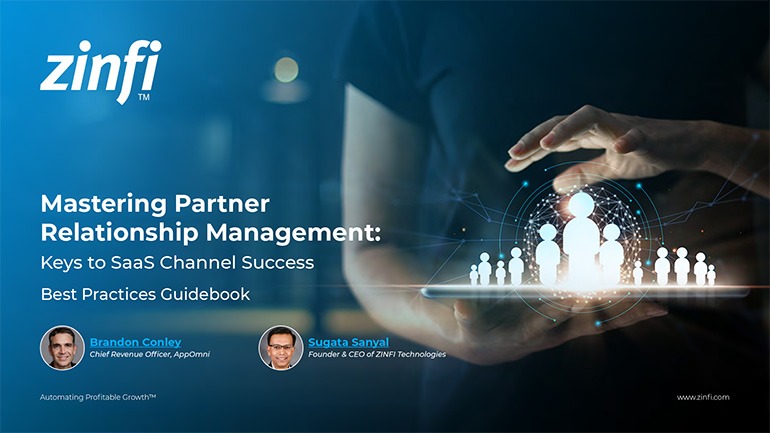 Mastering Partner Relationship Management: Keys to SaaS Channel Success
Mastering Partner Relationship Management: Keys to SaaS Channel SuccessDownload for FREE
 Navigating the AI Revolution: Guide for Partners in the Microsoft Ecosystem
Navigating the AI Revolution: Guide for Partners in the Microsoft EcosystemDownload for FREE
 Mastering the Modern Buyers Journey: Sales Leader’s Guide to AI & Engagement
Mastering the Modern Buyers Journey: Sales Leader’s Guide to AI & EngagementDownload for FREE

